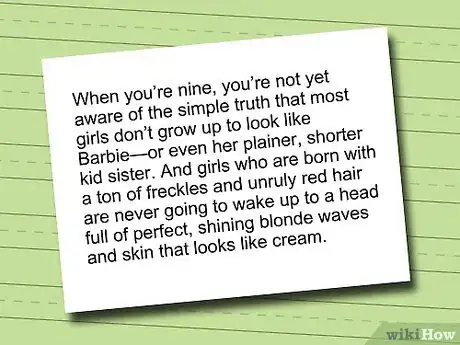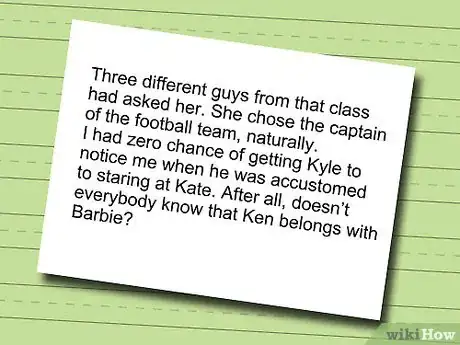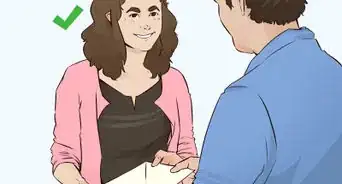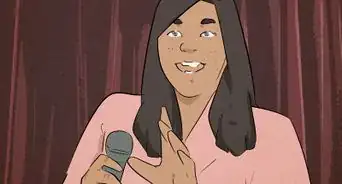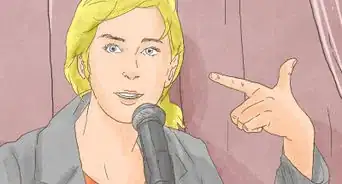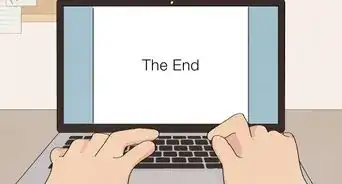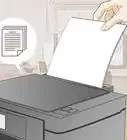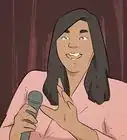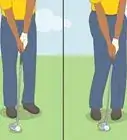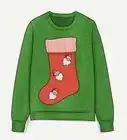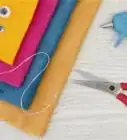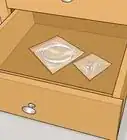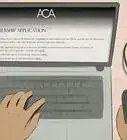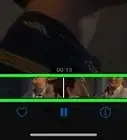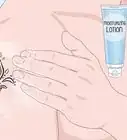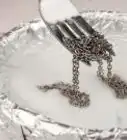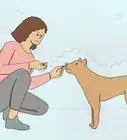wikiHow is a “wiki,” similar to Wikipedia, which means that many of our articles are co-written by multiple authors. To create this article, 25 people, some anonymous, worked to edit and improve it over time.
wikiHow marks an article as reader-approved once it receives enough positive feedback. In this case, 92% of readers who voted found the article helpful, earning it our reader-approved status.
This article has been viewed 52,892 times.
Learn more...
J.K.Rowling (Harry Potter), Helen Fielding (Bridget Jones Diary), Meg Cabot (The Princess Diaries), Malorie Blackman (Noughts & Crosses), Sue Limb (Girl, 15 Charming but Insane), Stephenie Meyer (Twilight), Louise Rennison (Angus, thongs..). Any of those writers familiar to you? That's because they've all made a name (and a lot of money) from writing books that appeal largely (or purely) to teenagers. It's a huge market, and if you follow these steps you can join the golden list.
Steps
-
1Formulate an idea. This means a series of decisions you need to make early on in your mind, and stick to. Do you want to write for boys or girls? For boys, follow the idea of action and suspense. Maybe horror and science fiction can also appeal to boys, but it will also be the interest of many girls. So first thing's first, decide on your genre. The teenage section has dozens of genres, including romance (which goes hand in hand with comedy in most successful cases), the supernatural (think Charmed, Twilight by S. Meyer and Wicca by Cate Tiernan), comedy, horror, race (think Malorie Blackman's N&C trilogy), science fiction, real life (diaries), action and many others. The best sellers are those who successfully combine many different genres with each other.
-
2This combination of genres may seem confusing when you look at it face on, but remember that teenagers are very easily bored. You need to keep them interested, and the best way to do that is add things they don't know, or don't suspect. You want to write a page turner, remember.Advertisement
-
3Once you have a genre, think of where you're going to go with it. What is your plan? Are you going to have one character, or alternate between characters in different chapters? Who is the voice, the narrator? Where is your main character heading? Try to find a main character people can relate to. Don't make them perfect, people won't like them, and they can't relate to them. They need to have flaws.
-
4Try to draw on real life situations, but just exaggerate them a bit to increase their interest. If you had a really bad date once, you can incorporate it into your comedy romance. A first hand experience is always better than making something you've never experienced up, and the reader will get a realistic representation.
-
5You must find whatever you're writing interesting. Otherwise, you'll never finish it. Plus, if the writer doesn't want to read their own book, who will read it? This audience is pickier and more cruel than many adults, so you need to bring everything you've got.
-
6Use language they'd understand. Look up the local slang on Urban Dictionary if need be. This audience wants to think the narrator is talking directly to them. So talk their language, but beware you must dictate how much slang to use in your teenage novel, you don't want to make your book incredibly dated.
-
7Try to add a little reality into everything. That's what adds complexity to best sellers. No matter how unrealistic the storyline is, it's always good to have something normal to focus on. Like, if it's a novel about witchcraft, you can give the main character family issues. Or a crippling shyness with the guy they like. It makes the character, and your story more realistic, and believable, no matter how ridiculous the actual storyline is.
-
8Always remember who your target audience is, and where you are heading with your novel. The main character should undergo some kind of crisis in the middle section, and it should be resolved by the end. Or if it's a series you're planning, leave something missing that you can pick up on. It doesn't need to be a cliffhanger, but anything that will provoke questions will do.
Sample Excerpts
Community Q&A
-
QuestionI have an idea of the book to write, but I don't know how to start. Any suggestions?
 Tyree McGill LoveCommunity AnswerHave some idea of the message you want to put out there or the ending you have in mind. If outlining is something you work better with, get out something to write on and jot down the scenarios that you want to include and piece them together (keep in mind setting, characters, and level of realism). Keep rewriting/revising the outline until you're satisfied. If going straight into writing is better for you, spend some time thinking about your chosen direction before you write. You could also use a system where you jot down characters and important traits to get a sense of where you want to introduce them. Then, try starting with a paragraph that will hook the audience and make them want to continue reading the book.
Tyree McGill LoveCommunity AnswerHave some idea of the message you want to put out there or the ending you have in mind. If outlining is something you work better with, get out something to write on and jot down the scenarios that you want to include and piece them together (keep in mind setting, characters, and level of realism). Keep rewriting/revising the outline until you're satisfied. If going straight into writing is better for you, spend some time thinking about your chosen direction before you write. You could also use a system where you jot down characters and important traits to get a sense of where you want to introduce them. Then, try starting with a paragraph that will hook the audience and make them want to continue reading the book.
Warnings
- Don't base your storyline on someone else's novel. It's unoriginal, and it won't sell. And you're under threat of copyright laws and fraud.⧼thumbs_response⧽
- Don't give up, especially if you know you have a good idea. Keep at it, no matter how tedious it may be.⧼thumbs_response⧽
- Don't be tempted to skipping parts to write more interesting sections. Instead, use this as motivation to plow through the less interesting parts.⧼thumbs_response⧽






